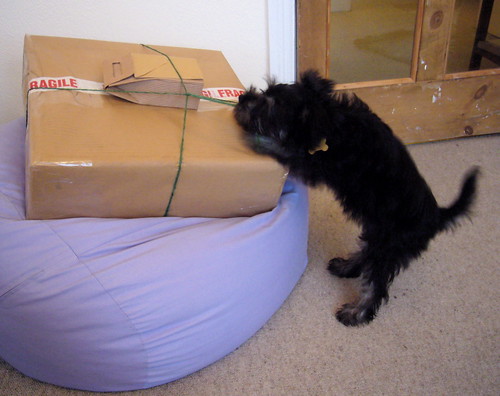This week: Collabora have been supporting me in working on Metacity over the last week or so. I began by trying to get the CSS themes branch merged, but then decided that a better use of my time would be patch review, especially given the impending feature freeze. Here’s a partial list of some of the things I’ve touched; I’ll update it for this week when this week’s over.
ProjectJournal: Producing the Metacity Journal and other Metacity blog posts has been a helpful record of people’s work on the program, but blogging about the project does tend to drive out actual maintenance and development. For this reason, a while ago I wrote a program called ProjectJournal which would prepare Metacity Journal posts automatically.
ProjectJournal used to scan IMAP folders for Bugzilla notifications and svn checkins. It would then output a list of bugs that had been touched, files that had been modified, and translations that had been made, as well as any hits for the name of the project on Google Blog Search, add a photo, and then post it as a draft to blogs.gnome.org. Then a human (me) would come along and tidy it up and write the introduction, resulting in posts like this one. It was a neat hack, and saved a lot of time, but it’s rotted because it was never rewritten to work with git. Also, Bugzilla should be queryable directly now, though ours isn’t at a version where the API supports queries, so it would have to be done with a screen-scraper. Ugh.
What I’m wondering is whether any of you would be interested in using such a tool for your own projects, if I resurrected and modernised it. Do let me know.
(For several months there was also a daily Bug of the Day post, but although that was fun and got the community discussing the issues, it didn’t help the time I had available for coding. Perhaps the project needs someone who likes writing better than coding, a sort of public recorder. Or perhaps I could carry on doing it if there were many other people writing the code.)
Posts that might interest you: In case you’re not reading the Metacity blog, here are some interesting posts from the last week:
- How should we make alt-Tab decide whether to show all windows or just those on the current workspace?
- What would be needed to move tabs into the window manager?
- How can dragging to an edge cause effects (like Microsoft’s Aero Snap)?
- When should a function be in the window manager, and when should it be an external tool?
- Can we set border widths independently of the theme? Lots of people are asking.
Feel free to dive in on the discussions. Feel even more free to volunteer to write patches for some of these; I’ll try to give you all the help you might need.
Podcast: At one point I used to record myself reading all the Metacity blog posts (such as this one). I’m not sure whether I should bring this feature back, or what should happen to it further if I did.


